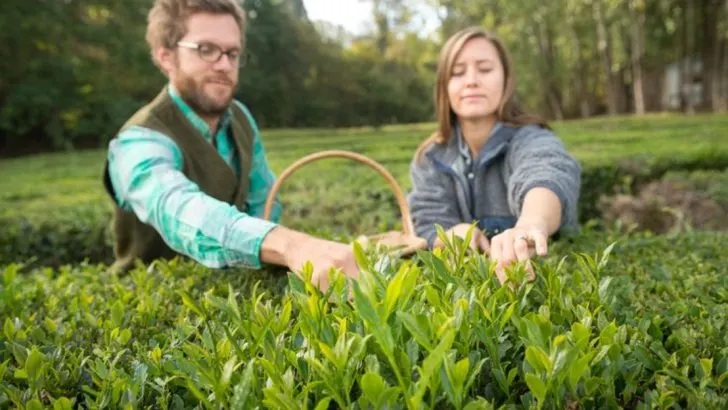Imagine stepping into your garden and picking fresh leaves and flowers to brew your own homemade, organic tea. Growing a tea garden allows you to cultivate flavorful, aromatic, and medicinal plants right in your backyard or on your balcony. From soothing chamomile and refreshing mint to classic Camellia sinensis (the true tea plant), there are endless possibilities to explore.
A successful tea garden thrives with the right plant selection, proper soil conditions, and harvesting techniques to ensure the best flavors and health benefits. Whether you prefer caffeine-rich green tea, floral herbal infusions, or calming blends, growing your own tea ingredients ensures freshness, sustainability, and a personal touch in every cup.
Discover how to start and maintain your own tea garden, so you can enjoy a homegrown tea experience every day!
Selecting the Right Tea Plants
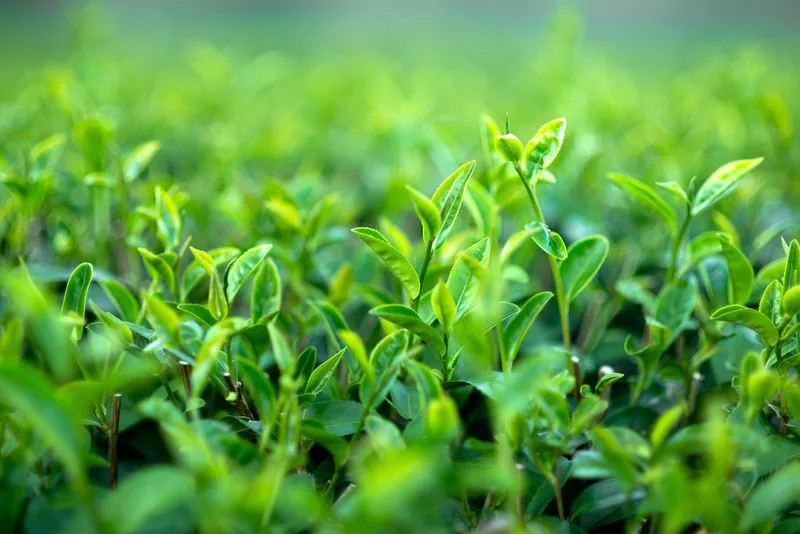
Choosing the right tea plants marks the first step in your gardening journey. Camellia sinensis, the source of all true tea types, is a perfect starting choice. Consider your climate when selecting; some varieties thrive in cooler temperatures, while others prefer warmth. If space allows, experiment with different species to diversify your flavors. It’s essential to ensure the soil is well-draining and slightly acidic. Quality soil preparation makes a noticeable difference in plant health and tea quality. Researching local nurseries can help you find the best varieties suited to your environment.
Preparing the Soil
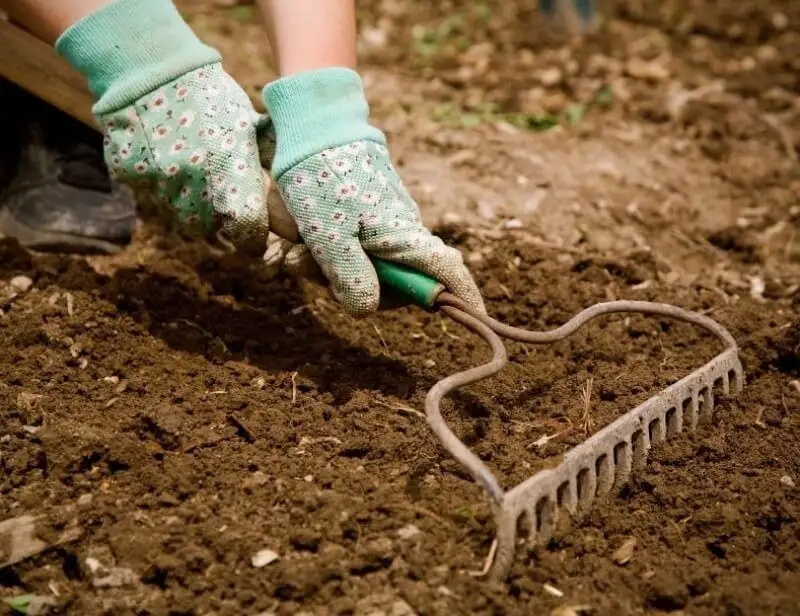
Rich, well-draining soil sets the foundation for a thriving tea garden. Start by testing the pH to ensure slightly acidic conditions, ideal for tea plants. Incorporate organic matter like compost or aged manure to boost soil fertility. This not only enriches the soil but also improves its texture and moisture retention. Regular tilling aerates the soil, making it hospitable for root growth and beneficial organisms. Earthworms, nature’s soil engineers, contribute immensely by enhancing soil structure and nutrient cycling. Investing time in soil preparation pays off with healthier plants and richer tea leaves.
Providing Ideal Growing Conditions

Tea plants flourish under specific conditions, making it crucial to replicate these in your garden. Ensure they receive ample sunshine, ideally dappled or filtered through partial shade. Tea plants are sensitive to extreme temperatures, so consider protective measures like garden cloths during harsh weather. Consistent watering is vital, but avoid waterlogging, as it can harm roots. A garden trellis or nearby trees can offer the perfect balance of light and shade. Understanding your garden’s microclimate helps in tweaking conditions for optimal plant health and leaf production.
Pruning and Maintenance
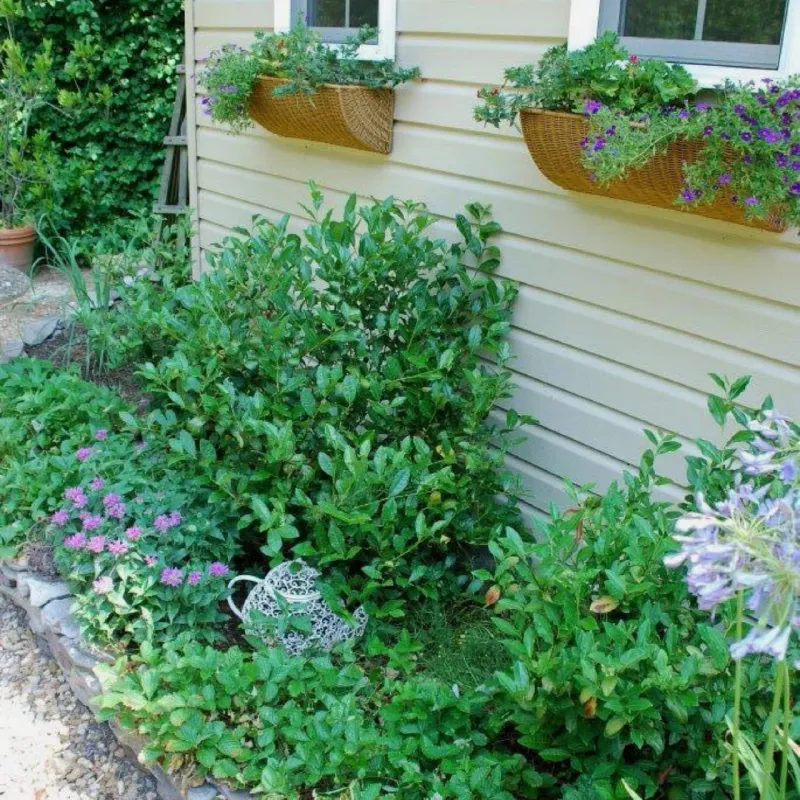
Pruning is a critical aspect of tea plant care, influencing both growth and yield. Regular trimming encourages new growth and maintains a manageable plant size. Focus on removing dead or diseased branches to promote airflow and prevent fungal infections. Pruning also shapes the plant, making harvesting easier. Keep your tools sharp and clean to avoid damaging the plants. Maintenance extends beyond pruning; regularly check for pests and address any issues promptly. With attentive care, your tea plants will reward you with bountiful leaves for brewing.
Harvesting Tea Leaves
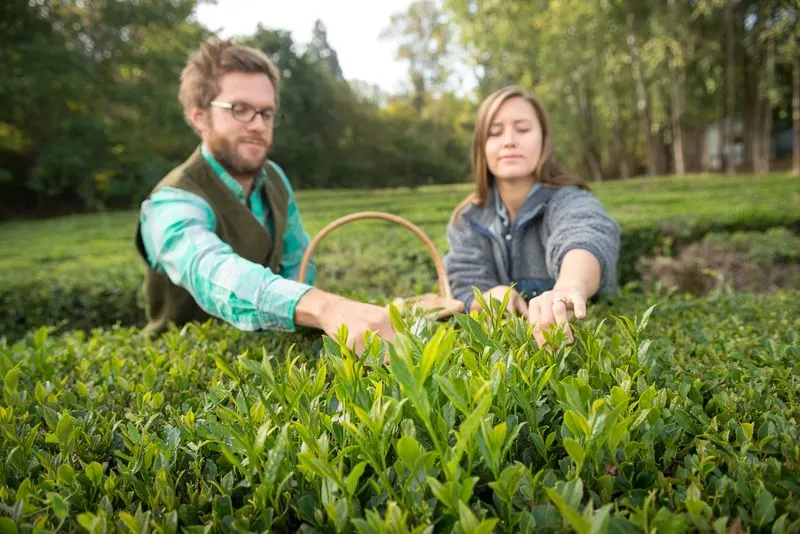
The art of harvesting tea leaves lies in timing and technique. Early morning is the best time, when leaves are fresh and dew-kissed. Focus on the tender top leaves and buds, known for their superior flavor. Gently pinch the leaves to avoid damaging the plant. Regular harvesting stimulates growth and can even improve leaf quality over time. As you collect, imagine the soothing cups of tea these leaves will brew. Harvesting is not just about quantity; it’s about ensuring quality and sustaining plant health for future growth cycles.
Drying and Processing Leaves
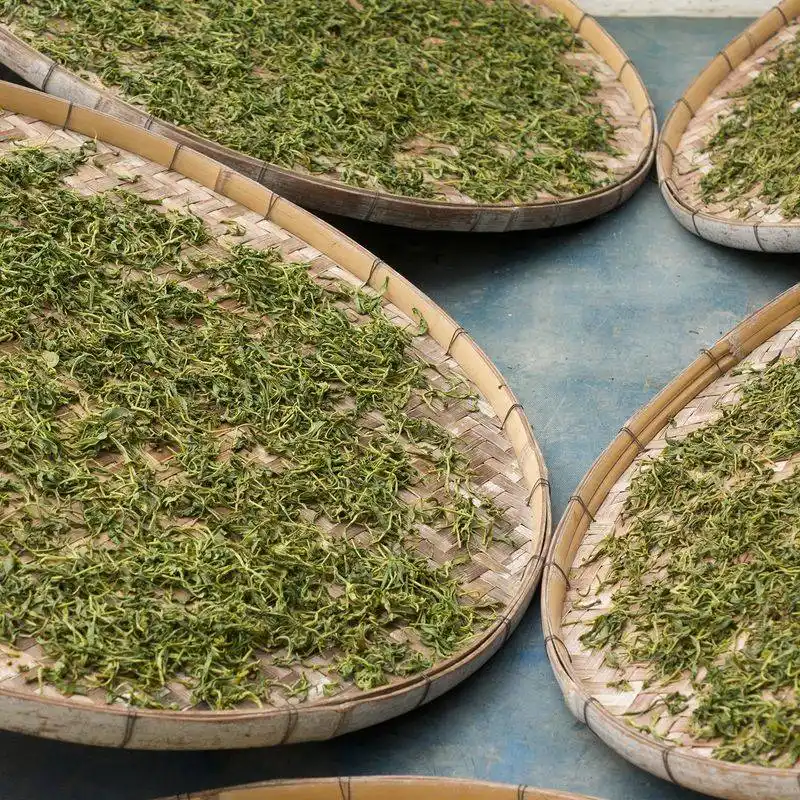
Once harvested, your tea leaves need careful processing to develop their flavor. Begin by spreading them on a drying rack in a well-ventilated area. Sunlight aids in drying but avoid direct exposure to prevent burning. Once wilted, gently roll the leaves to release their natural oils, enhancing taste. Fermentation can follow, depending on the tea type you desire. Conclude with a final dry to lock in flavor. This process, though time-consuming, is essential for crafting a brew that reflects your personal touch and dedication.
Brewing Your Own Tea
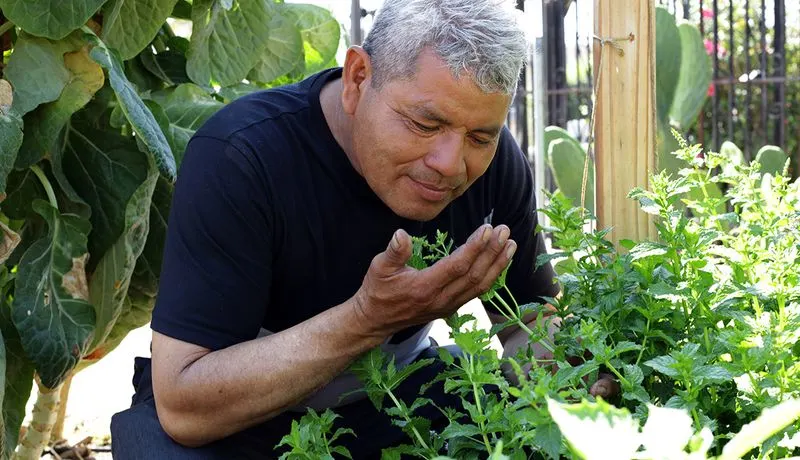
Brewing tea from your own garden combines the fruits of your labor with relaxation. Use fresh, filtered water and heat it to the right temperature, adjusting for the tea type. Steep time varies; experiment to find your perfect brew. The aroma and flavor are testaments to your effort in every sip. Invite friends over to share this uniquely personal experience, or enjoy a quiet moment to yourself, savoring the garden’s bounty. Brewing is a ritual that celebrates the journey from plant to cup, filled with satisfaction and tranquility.
Musical Plant Stimulation
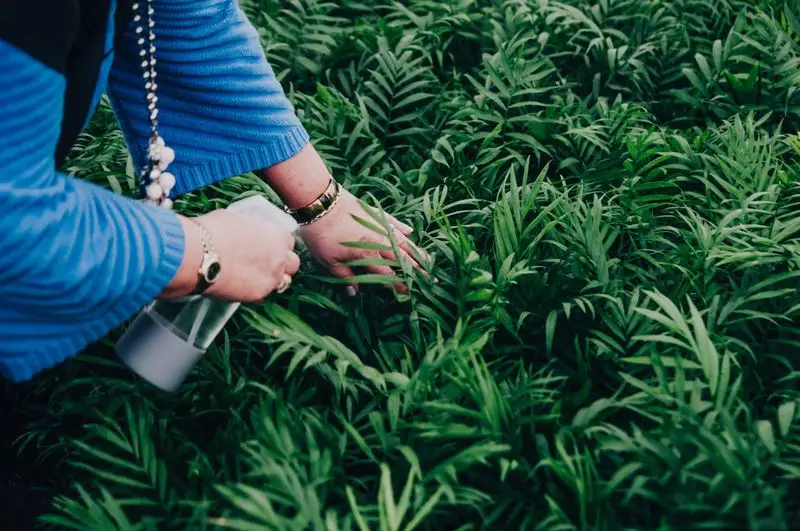
Imagine tea plants swaying gently to the melodies of classical symphonies. Studies suggest that music can stimulate plant growth. With an old radio or portable speaker, serenade your tea garden with Mozart or Bach.
The vibrations from the music create a soothing atmosphere, believed to enhance plant vitality. Place speakers strategically among your tea plants and watch them flourish with a musical twist.
This harmonious approach not only benefits the plants but also turns your garden into a serene sanctuary. Experience the blend of nature and art, as your tea garden thrives melodically.
Tea Leaf Art Installation

Transform your tea garden into an artistic masterpiece by crafting an installation using tea leaves. Collect leaves of different shades and textures from your garden.
Arrange them into patterns or collages on your garden fence or a dedicated frame. The natural hues of green, yellow, and brown create a visually captivating display.
This creative endeavor not only beautifies your garden but also deepens your connection with nature. Let the leaves inspire your imagination, as their natural pigments change over time, adding an ever-evolving artistic touch.
Tea Tasting Adventure Corner
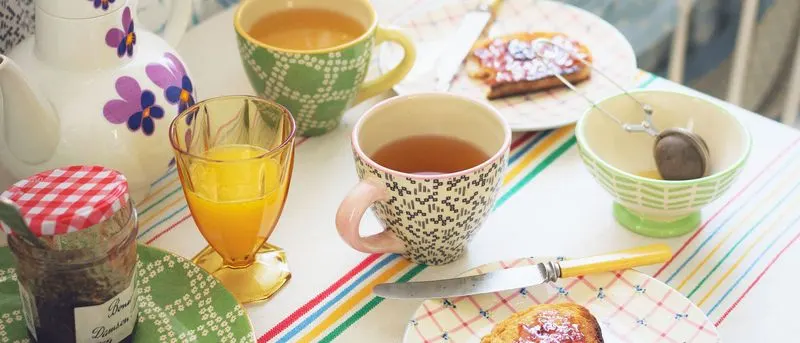
Design a tea tasting corner in your garden to savor the fruits of your labor. Set up a small table with an array of teas brewed from your homegrown leaves.
Create an ambiance with cozy seating and gentle lighting. Invite friends for a tea-tasting adventure, sharing the flavors of your garden.
This spot becomes a personal retreat where you can unwind and enjoy your tea’s unique aromas and tastes. It’s an immersive experience that celebrates the culmination of your gardening efforts, mixing hospitality with horticulture.

